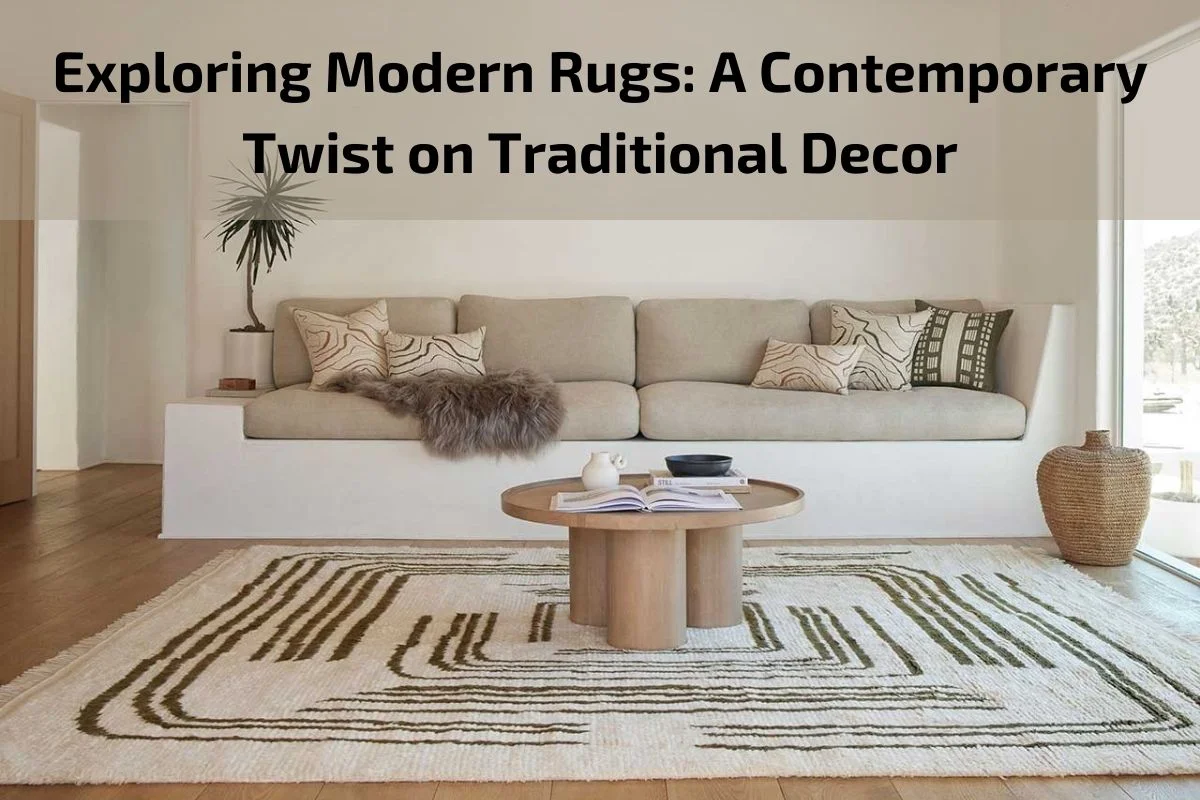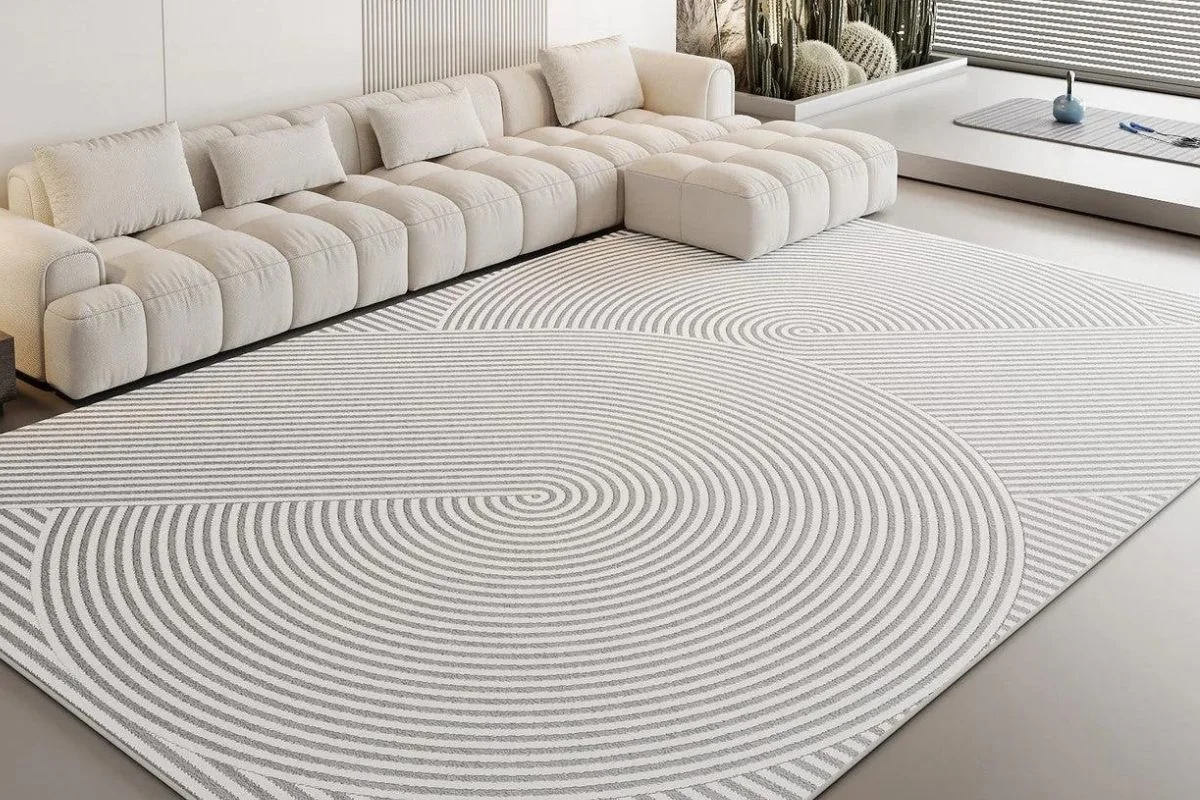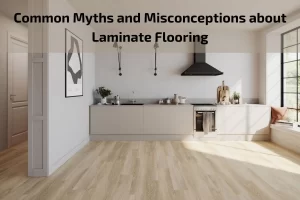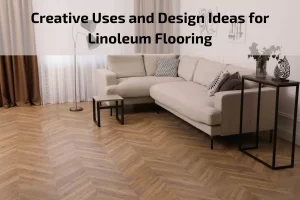In the realm of interior design, modern rugs stand as dynamic elements that seamlessly blend contemporary flair with timeless elegance. They offer a fresh perspective on traditional decor, infusing spaces with sophistication, style, and personality. From minimalist motifs to bold patterns and vibrant hues, modern rugs are captivating focal points that elevate the ambiance of any room.
Exploring the world of modern rugs unveils a journey of innovation and creativity, where traditional craftsmanship meets modern sensibilities. These rugs serve as artistic expressions of individuality, reflecting the diverse tastes and lifestyles of homeowners and designers alike.
Definition and Overview of Modern Rugs
Modern rugs represent a contemporary interpretation of traditional rug design, characterized by sleek lines, innovative patterns, and a fusion of diverse materials. Unlike traditional rugs, which often adhere to specific regional styles and motifs, modern rugs embrace experimentation and creativity, offering a fresh perspective on floor coverings.
These rugs are designed to complement modern interior spaces, ranging from minimalist apartments to eclectic homes and commercial environments. They serve as focal points that tie together diverse elements of décor while adding texture, color, and visual interest to the room.
Modern rugs come in a variety of styles, including geometric patterns, abstract designs, and bold color combinations. They may feature unconventional materials such as bamboo silk, recycled fibers, or synthetic blends, reflecting contemporary trends in sustainable and eco-friendly manufacturing.
One of the defining characteristics of modern rugs is their versatility. They can seamlessly transition between different design schemes, from Scandinavian simplicity to mid-century modernism and industrial chic. Whether used to define seating areas in living rooms, anchor dining spaces, or add warmth to bedrooms, modern rugs play a key role in shaping the ambiance and functionality of interior spaces.
In addition to their aesthetic appeal, modern rugs also offer practical benefits such as sound absorption, insulation, and comfort underfoot. They provide a soft, cushioned surface for walking, sitting, and lounging, enhancing the overall comfort and livability of the space.
Trends in Modern Rug Design
Modern rug design is constantly evolving, influenced by changing tastes, technological advancements, and emerging trends in interior decor. From minimalist chic to bold expressions of creativity, modern rugs encompass a wide range of styles and motifs. Here are some of the prominent trends shaping modern rug design:
Minimalist Designs:
- Clean lines, geometric shapes, and understated patterns characterize minimalist modern rug design.
- Neutral color palettes such as whites, greys, and earth tones are often used to create a sense of simplicity and sophistication.
- Minimalist rugs are favored for their ability to complement contemporary interiors without overwhelming the space.
Geometric Patterns:
- Geometric motifs, including triangles, hexagons, and chevron stripes, are popular in modern rug design.
- Bold and graphic patterns add visual interest and create dynamic focal points in rooms.
- Geometric rugs often feature contrasting colors and symmetrical arrangements, lending a sense of order and balance to the space.
Abstract Artistry:
- Abstract designs push the boundaries of traditional rug motifs, incorporating fluid shapes, organic forms, and experimental compositions.
- These rugs serve as works of art for the floor, expressing creativity and individuality in interior spaces.
- Abstract rugs often feature vibrant colors, expressive brushstrokes, and textural details that evoke emotion and intrigue.
Eco-Friendly Materials:
- With increasing awareness of environmental sustainability, modern rug designers are turning to eco-friendly materials and manufacturing processes.
- Sustainable fibers such as bamboo silk, hemp, and organic cotton are gaining popularity for their low environmental impact and natural beauty.
- Recycled materials, including reclaimed wool and PET fibers from recycled plastic bottles, are being repurposed to create innovative and eco-conscious rugs.
Integrating Modern Rugs into Interior Design
Modern rugs serve as versatile and impactful elements in interior design, capable of transforming spaces and enhancing the overall ambiance. Here are various ways to integrate modern rugs seamlessly into interior design:
Living Room Spaces:
- Define Seating Areas: Use a modern rug to delineate seating areas within the living room, anchoring sofas, chairs, and coffee tables to create a cohesive arrangement.
- Add Visual Interest: Choose a modern rug with bold patterns or vibrant colors to add visual interest and personality to the living room while complementing existing decor elements.
- Layering: Experiment with layering rugs by placing a smaller modern rug on top of a larger, neutral-colored rug for added texture and dimension.
Bedroom Decor:
Soften Hard Flooring: Place a modern rug beside the bed to soften hard flooring surfaces and provide a comfortable landing spot for bare feet in the morning.
Create a Cozy Retreat: Select a plush, textured rug in calming hues to create a cozy and inviting atmosphere in the bedroom, promoting relaxation and restful sleep.
Frame the Bed: Position a modern rug underneath the bed to frame the sleeping area and anchor the space, tying together the various elements of bedroom decor.
Dining Areas:
Define the Dining Space: Place a modern rug underneath the dining table and chairs to define the dining area within an open-plan layout, creating a visual focal point and enhancing acoustics.
Choose Practical Materials: Opt for durable and stain-resistant materials for dining room rugs, such as wool blends or synthetic fibers, to withstand spills and frequent cleaning.
Consider Size and Shape: Select a rug that accommodates the size and shape of the dining table, allowing ample space for chairs to slide in and out comfortably without catching on the rug’s edges.
Office Environments:
Enhance Productivity: Incorporate a modern rug into home office or workspace design to enhance productivity and create a comfortable and inspiring environment for work.
Choose Energizing Colors: Select rugs in energizing colors such as blues, greens, or yellows to promote focus, creativity, and mental clarity in the office setting.
Optimize Comfort: Choose rugs with soft, cushioned textures to provide support and comfort during long hours of work, reducing fatigue and strain on the feet and legs.
Sustainability in Modern Rug Production
Sustainability has become a paramount consideration in modern rug production, driven by a growing awareness of environmental issues and a desire to reduce the industry’s ecological footprint. Here are key aspects of sustainability in modern rug production:
Ethical Sourcing Practices:
- Sustainable modern rug manufacturers prioritize ethical sourcing practices, ensuring that materials such as wool, cotton, and silk are sourced from suppliers committed to fair labor practices and animal welfare.
- They seek to establish transparent supply chains, trace the origins of raw materials, and support responsible farming and shearing practices.
Eco-Friendly Materials:
- Modern rug designers increasingly turn to eco-friendly materials such as organic cotton, bamboo silk, and hemp, which are grown and processed using sustainable agricultural practices and natural dyes.
- Recycled materials, including reclaimed wool and post-consumer PET fibers from plastic bottles, are repurposed to create innovative and eco-conscious rugs, reducing waste and minimizing environmental impact.
Green Manufacturing Processes:
- Sustainable modern rug manufacturers prioritize energy-efficient and low-impact manufacturing processes, including water conservation, waste reduction, and emissions control.
- They invest in eco-friendly technologies and production methods, such as waterless dyeing, solar energy, and non-toxic finishing agents, to minimize their environmental footprint.
- Some manufacturers adhere to certifications such as the Global Organic Textile Standard (GOTS) and the Fair Trade certification, which verify compliance with rigorous environmental and social standards throughout the production process.
Longevity and Durability:
- Sustainable modern rugs are designed to withstand the test of time, with durable construction and high-quality materials that resist wear and tear.
- By investing in long-lasting rugs, consumers can reduce the need for frequent replacements, minimizing resource consumption and waste generation over the product’s lifecycle.
Social Responsibility:
Sustainable modern rug manufacturers prioritize social responsibility, investing in the well-being and livelihoods of workers and communities involved in the production process.
They adhere to fair labor practices, provide safe working conditions, and support local artisans and craftsmen, empowering them to thrive and contribute to sustainable development.
Maintenance and Care Tips for Modern Rugs
Proper maintenance and care are essential to preserve the beauty, longevity, and functionality of modern rugs. Follow these tips to keep your modern rug looking its best:
Regular Vacuuming:
- Vacuum your modern rug regularly to remove dust, dirt, and debris that can accumulate on the surface.
- Use a vacuum cleaner with a brush attachment or a handheld vacuum to gently clean the rug without causing damage to the fibers.
Rotate the Rug:
- Rotate your modern rug regularly to ensure even wear and prevent excessive fading or discoloration in high-traffic areas.
- Rotate the rug every few months or as needed to distribute foot traffic and maintain its appearance.
Spot Cleaning:
- Attend to spills and stains promptly by blotting the affected area with a clean, dry cloth or paper towel to absorb excess liquid.
- Avoid rubbing or scrubbing the stain, as this can spread it further and damage the rug fibers.
- Use a mild detergent or carpet cleaner diluted in water to gently spot clean the stained area, following the manufacturer’s instructions.
- Test any cleaning solution on a small, inconspicuous area of the rug first to ensure compatibility and avoid discoloration.
Professional Cleaning:
- Consider having your modern rug professionally cleaned by a reputable rug cleaner every 1-2 years, depending on usage and soiling.
- Professional cleaning methods may include steam cleaning, dry cleaning, or hand washing, depending on the rug’s material and construction.
- Choose a rug cleaner experienced in handling modern rugs and familiar with the specific cleaning requirements of your rug.
Protect from Sunlight and Moisture:
- Avoid placing your modern rug in direct sunlight, as prolonged exposure can cause colors to fade and fibers to deteriorate over time.
- Use window treatments such as curtains or blinds to filter sunlight and protect the rug from UV radiation.
- Keep the rug dry and well-ventilated to prevent mold, mildew, and moisture damage. Use a dehumidifier in humid climates or damp environments.
Use Rug Pads:
- Place a non-slip rug pad underneath your modern rug to provide cushioning, prevent slipping, and protect the floor underneath.
- Choose a rug pad specifically designed for use with modern rugs and trim it to fit the size of the rug for optimal performance.
conclusion
In conclusion, modern rugs stand as versatile and impactful elements in interior design, offering endless possibilities for creativity, expression, and functionality. From minimalist chic to bold expressions of artistry, modern rugs add texture, color, and personality to any space, creating focal points that inspire and delight.








